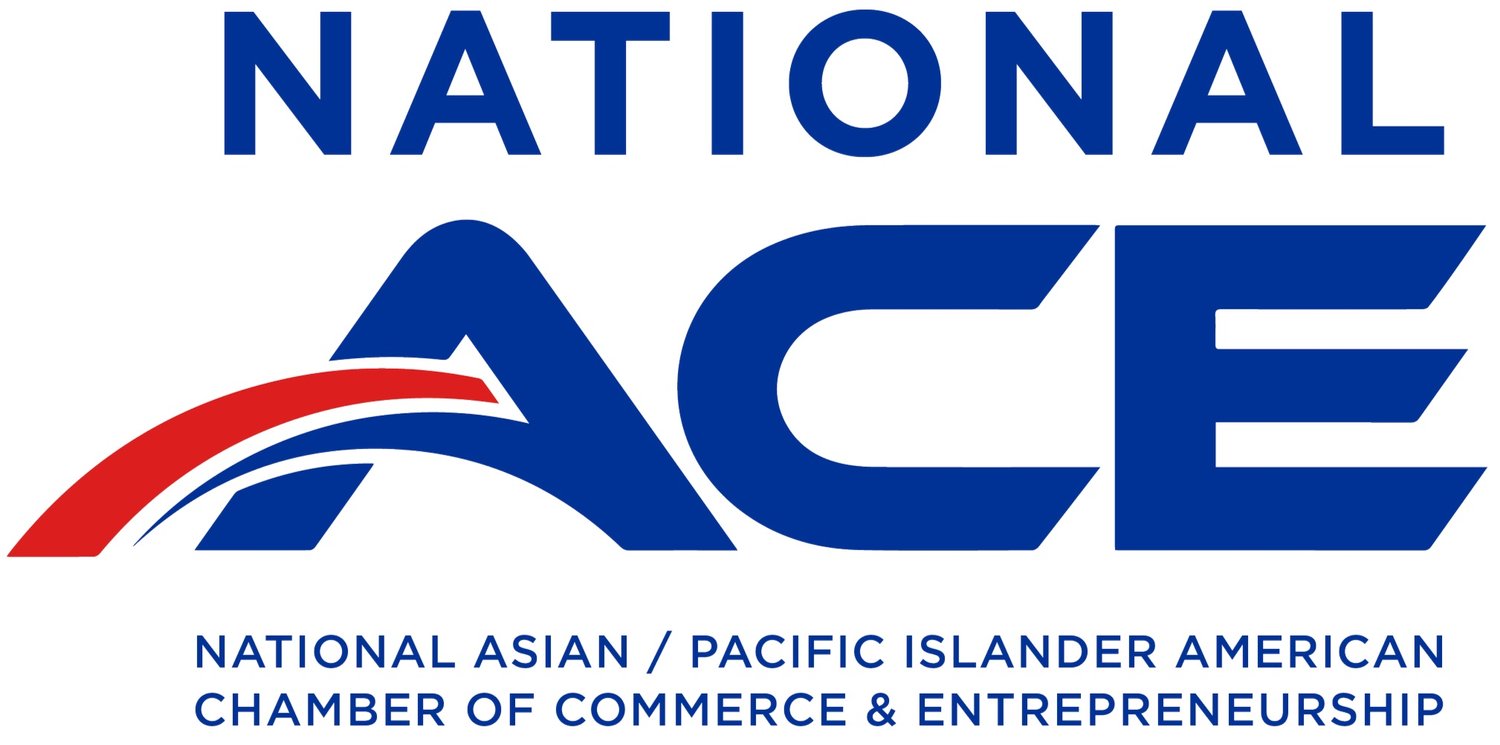The State of AAPI Small Business
Over the last few years, AAPI businesses have seen a significant amount of growth. Between 2007 and 2012, the number of businesses owned by Asian Americans grew by 23.8% and the number of businesses owned by Native Hawaiians/Pacific Islanders grew by 45.3% - faster than any other specified racial category. This was far and above the average for the U.S., which saw a 2% growth in firms nationwide.
This emerging community of entrepreneurship is making an increasingly larger impact on the U.S. economy - as of 2019, Asian business owners owned almost 3 million businesses in the U.S and made $988.5 billion in sales, and Native Hawaiian/Pacific Islander business owners almost 90 thousand businesses and made $11.5 billion in sales, reports the U.S. Small Business Administration. These employers also provide jobs for over 5 million Americans. According to a study by New American Economy, AAPI citizens are more likely to pursue business ownership than the rest of the U.S. population. Yelp even reports a growing interest in AAPI businesses as searches for them increased by 3,404% in February in 2021.
Unfortunately, the statistics on AAPI small businesses lack the specificity to account for the states of all the different Asian American and Pacific Islander communities in the U.S. Every group faces a variety of barriers and discriminations preventing them from accessing particular opportunities available to other citizens of this country. The Asian community as a whole suffered from discrimination during the COVID-19 pandemic, with 45% reporting losing employees and 10% reporting shutting down.
More work must be done to disaggregate the data on Asian Americans, Native Hawaiians and Pacific Islanders of all subgroups. Encourage your local leaders and policymakers to advocate for more in-depth study of AAPI small businesses so all the ethnic conclaves of our community can be well represented. Accurately reporting on these business statistics will help inform how the AAPI business community as a whole can support one another and foster growth.
